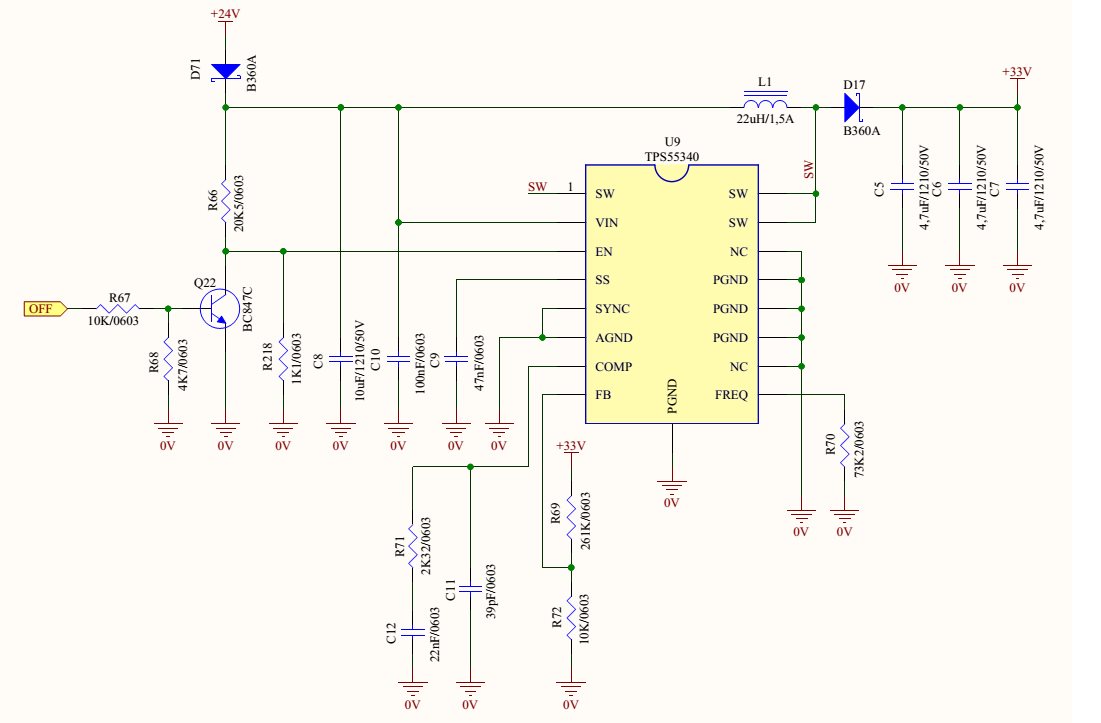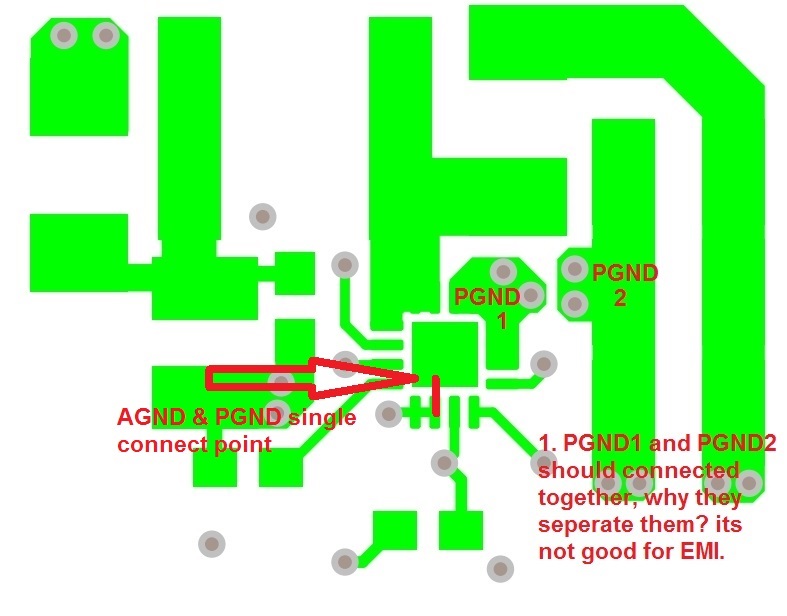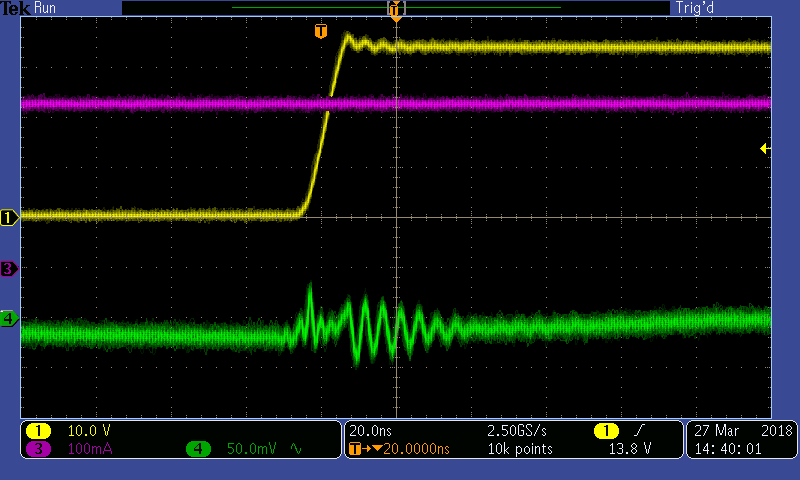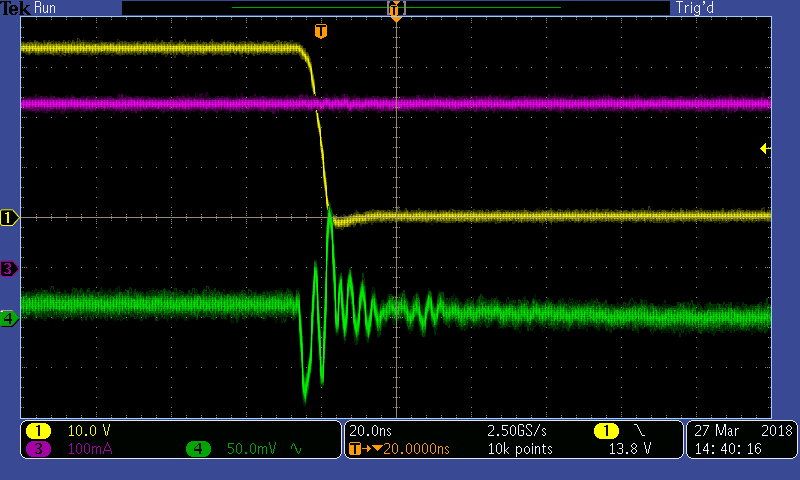Hello:
We are using TPS55340. Our board is working OK but if the voltage down to 0,2v at PIN EN the system doesn’t boost, that’s right. A time after, if the voltage at pin EN raise again up to 1,3v the system doesn’t boost anymore. We used webench tool and excel file (TPS55340 boost design calculator) and the result is the same. Does anyone have an idea what is happening?






